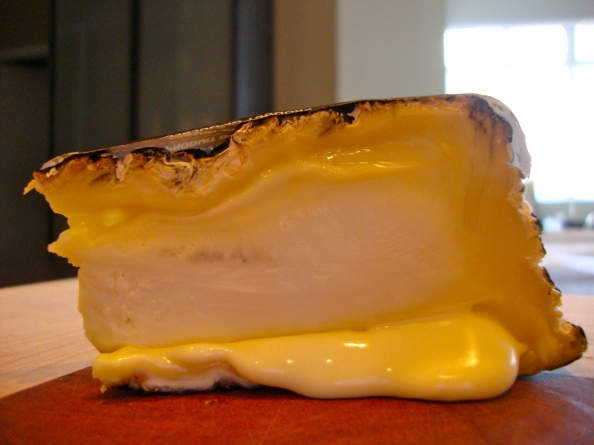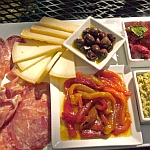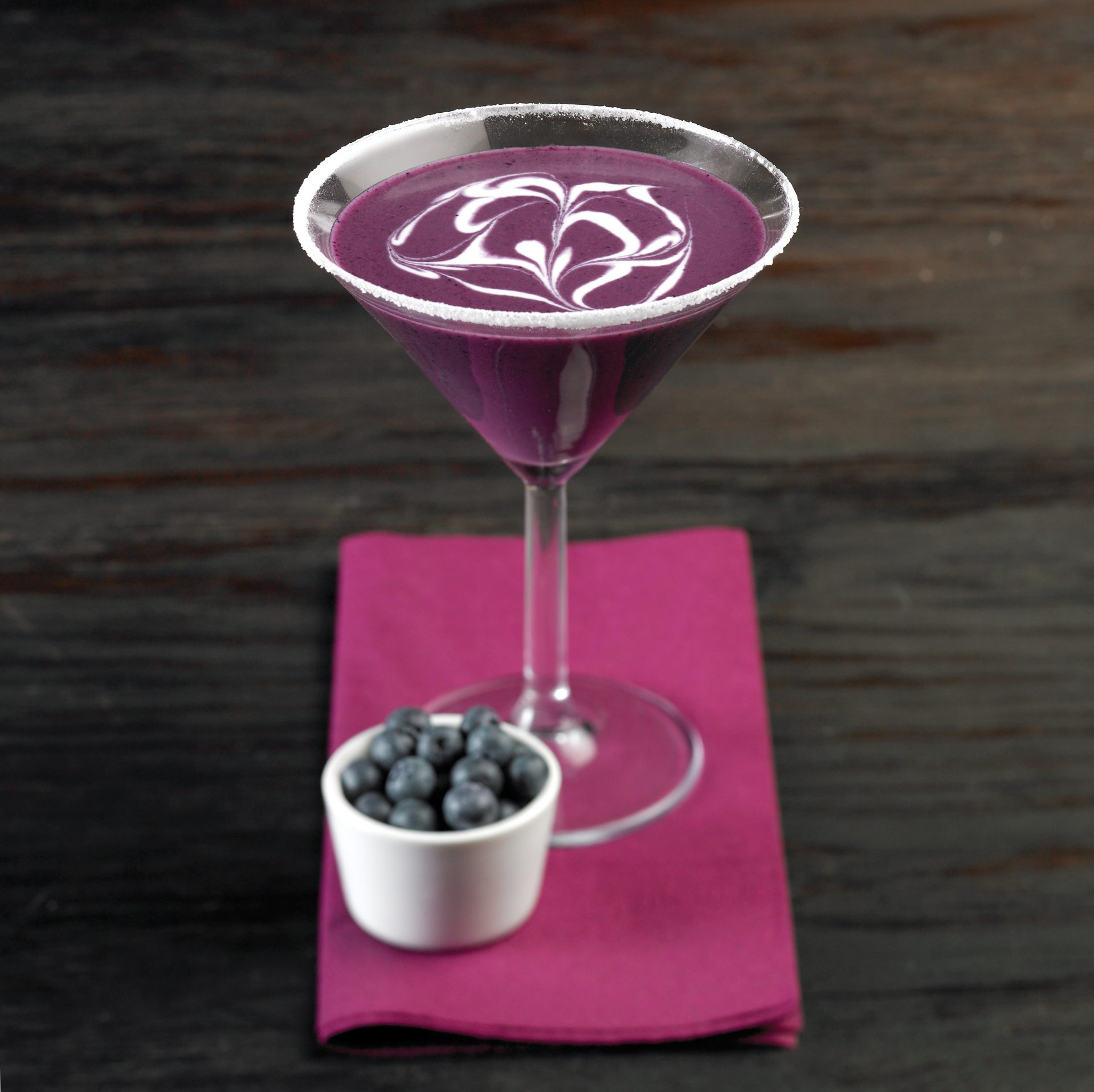By Kylie Meyermann
There are many urban myths when it comes to the making and distributing of unpasteurized cheese. One of the most popular cheese misconceptions is that unpasteurized cheese is prohibited for distribution in Canada. Not true. Although, it is easy to understand the confusion considering that raw milk production has been a “hot-button-issue” over the past two decades.
In 1985, a serious outbreak of listeriosis swept across Southern California. An estimated 180 people got severely ill and 60 people died. A detailed investigation into the horrible mishap concluded that the victims had consumed a cheese that was produced by a company called Jalisco Mexican Products. The company defended themselves with the claim that that they pasteurized their milk, but the investigation concluded that the cheese was left raw in a filthy environment that was afflicted with an ant infestation. With little information provided for a concerned public, raw-milk cheese quickly garnered a reputation as a lethal killer.
Too quick to pass judgment, many people are unsure of the differences between pasteurized and unpasteurized cheese. Many cheese purists will argue that pasteurized cheese is a bastardization of authentic terroir and health gurus will counter preach. While there are striking differences between the two cheeses, they should not be as drastically labelled as sinner or saint.
In their book Mastering Cheese, Max McCalman and David Gibbons articulate perfectly the difference between pasteurized and unpasteurized cheese: “Forced to choose between a cheese made with raw or pasteurized milk, I’ll take mine “living” or “barely breathing.”
As discussed in class one, the best cheese is made from freshly pumped milk. When high-quality milk is pumped from a cow in Gaillac, France, the fresh fields, the warm sun and the calcareous limestone soils make themselves present in the the milk’s enzymes. The milk’s lactic acid bacteria, rennet cultures, short-chain fatty acids, fat-globules, proteins and beta variant cultures all offer their individual and unique flavour enhancing characters. Unfortunately, sometimes the beneficial bacteria are accompanied by pathogenic bacteria that can contaminate the milk. The worst bacteria are Escherichia coli, Salmonella, Staphylococcus aureas and Listeria monocytogenes. In order to prevent the inception of the malicious bacteria ALL bacteria must be destroyed. The bacteria are killed through a process of heat-treating the milk for at least 63C for 15 seconds and storing for 60 days or more at 2C. The process is called pasteurizing.
Pasteurized cheese is a reliable cheese. It is easy for cheesemakers to produce. There are no unforeseen bacteria that could contaminate the cheese, costing the company thousands of dollars and long hours. Consumers can easily identify a pasteurized cheese. The flavorful rinds, injected molds and vegetal or rennet starter cultures are recognizable and delicious flavour-enhancing tools. However, Max McCalman and David Gibbons are concerned that people may be getting a bit too comfortable with the idea of pasteurized cheese.
Killing all of the bacteria, ironically, can be risky, since there is no good bacteria to keep the bad ones in check, should contamination occur afterwards. Pasteurized milk gives way to a supposed “safety net” of milk handling and production. It’s of the utmost importance that cheesemakers continue to maintain a sanitary work space. Pasteurized cheese is neutral cheese readily susceptible to any pathogenic bacteria hiding in dirty equipment.
Both pasteurized and unpasteurized cheeses pose problems, but there is an easy solution that we have previously discussed in our first class. Fresh milk and attention to detail is what creates great cheese. While people may argue the authenticity of pasteurized cheese it is undeniable to say that cooked milk makes great cheese. I think it is only fair to offer the same courtesies to raw-milk and acknowledge the dedication of artisan cheesemakers. Both cheese’s offer formidable personalities that deserve positive recognition.
I would like to thank everyone that was interviewed for this article. As well as Max McCalman and David Gibbons, authors of Mastering Cheese: Lessons for Connoisseurship From a Maitre Frommager. I highly recommend this book for any cheese enthusiast.
 Kylie Meyermann is a contributor of Good Food Revolution. She works at Jamie Kennedy Kitchens and is working towards attaining her WSETs. Follow her on Twitter at @kylieswines : She would love to hear your input!
Kylie Meyermann is a contributor of Good Food Revolution. She works at Jamie Kennedy Kitchens and is working towards attaining her WSETs. Follow her on Twitter at @kylieswines : She would love to hear your input!









Trackbacks/Pingbacks